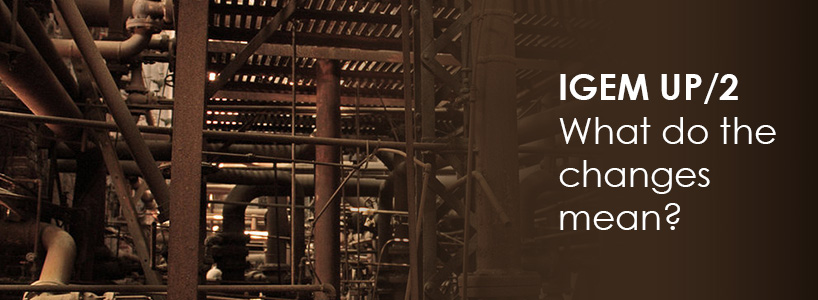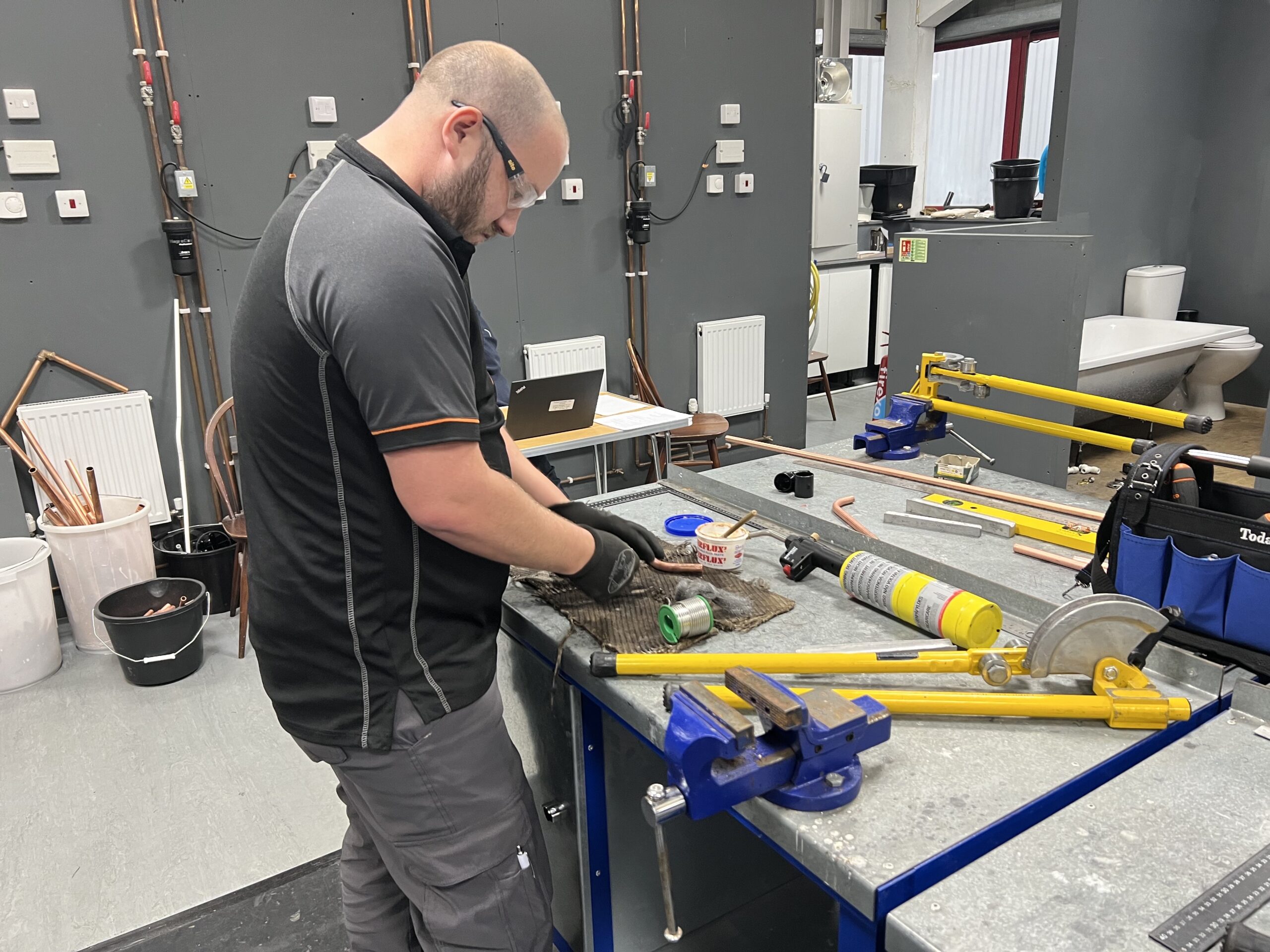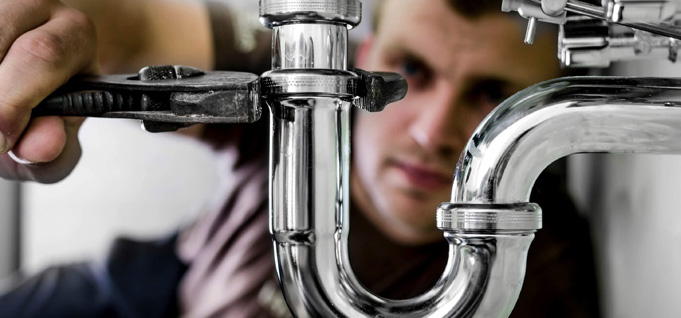IGEM UP/2 changes explained
IGEM UP/2 has been bought in-line with BS EN 15001, BS EN 1775 and IGEM UP/16, to create a more universal standard for installers. UP/2 now covers bio-gases and pressures up to 60bar, with more information on pipe sizing, a wider range of materials covered, detailed requirements for weld quality and easier to understand drawings.
Gas types – natural gas, LPG and biogas
The new scope covers methane-based biogases – such as those developed on landfill sites – and other biogases that are high in hydrogen and, potentially, carbon monoxide. For any gas containing hydrogen sulphide (HS2), specialist materials and jointing methods will be needed and advice sought from component manufacturers. Thicker-walled carbon steel may be suitable for many applications as will stainless steel and plastics such as Polyethylene (PE).
High pressure systems
A fundamental review has taken place on the subject of pipe sizing and pressure drops, particularly when trying to achieve the 1mbar pressure drop. Typically, a long bend is low loss and a short elbow, high loss. Equally, a 90° turn on a tee is a high loss fitting, but straight through is low loss. Historically, the 1mbar pressure drop was included as a design intention without any guarantee that in reality it would be met.
The guidance appendix on gas flow design has also been updated to cover flow formulae relevant to high-pressure pipework and for the different pipe materials in use.
Jointing
The major change relates to weld quality for higher pressures, and this is ensured by welder qualifications and by weld testing/inspection. In all cases, those carrying out welding, brazing, soldering, fusion jointing, screwed and flanged joints have to be suitably trained and competent, and hold an appropriate certificate of competence.
A new requirement is that pliable corrugated stainless steel tube or flexible connections shall not be directly connected to any primary meter outlet, unless the meter is rigidly secured to a fixed meter bracket/bar. The spacing between gas pipes and electrical site distribution cables/switches has been clarified. The 25mm spacing is still ok up to 100 mbar, but above this greater clearance distances are suggested.
Buried pipework
The section on buried pipework has been enlarged to give more practical advice rather than having to refer to other standards. The proximity distance between pipes up to 16 bar and buildings has been revised and in many cases reduced to make them achievable. There are also new requirements for the spacing between gas pipes and other services. With many wet biogases now in use, UP/2 states that where the contained gas is wet or otherwise corrosive, the pipe material shall be resistant to internal corrosion unless other precautions are taken to ensure safety. This directs one to consider PE or stainless steel.
Entry into buildings - This section has doubled in size, with more explanatory diagrams and including sections from G5 on high-rise buildings.
Pipework inducts and voids in buildings - This section has doubled in size, with much of the work detailed in UP/16 has been included.
Supports - The table on support distances has been revised, and information on horizontal and vertical distances for copper and PE have been included. The steel support distances remain unchanged.
Gas boosters - New information is included on the procedure and forms necessary to complete and submit to the Gas Transporter. This should be done at least four weeks prior to the date of installation of a gas booster/ compressor.
Hazardous areas (DSEAR) - A new appendix has been added based upon SR/25 and UP/16 to give clear guidance on pipework design issues.
For more information on our gas ACS courses, Click Here.
Back to Insights

IGEM UP/2 changes – Explained
Insights | 12th April 2024
Trade School vs. Traditional Education: Choosing the Right Path for Your Career
Read more
Insights | 5th April 2024








